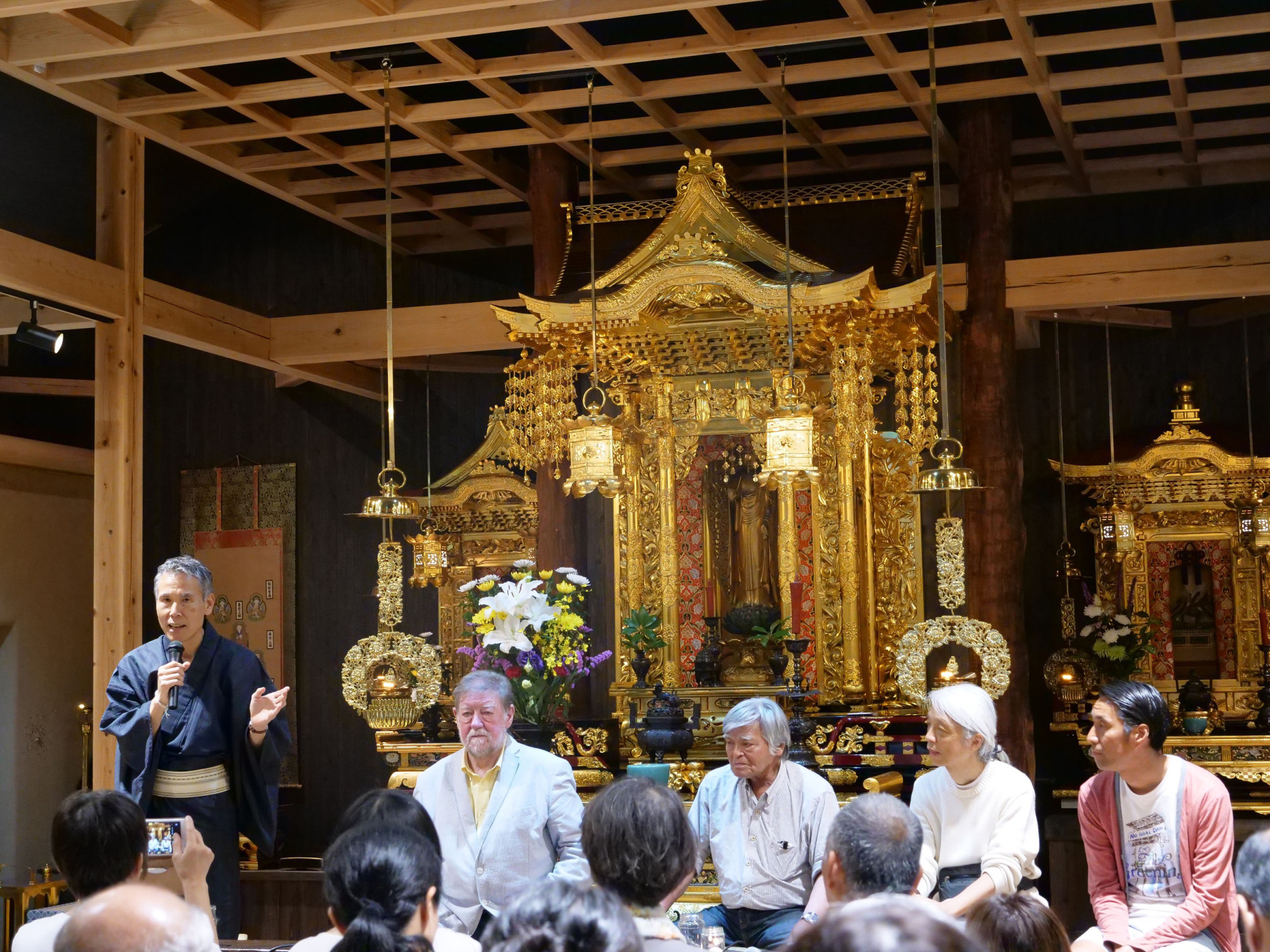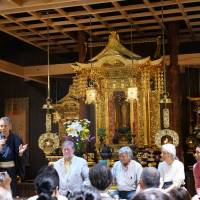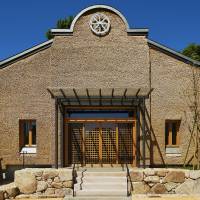I first got to know Shinichi Tsuji in Tokyo about 25 years ago. I had come in from northern Nagano Prefecture to meet and talk with the professor and Dr. David Suzuki, the world-famous Canadian scientist and environmental activist whose books and television documentaries I had admired for decades. Shinichi had spent 15 years in Canada and the United States researching environmental problems and solutions.
In fact we all had Canada in common, because I'd left Britain to join my first expedition to the Canadian Arctic when I was 17, before returning there as a marine mammal technician at a biological station run by the Fisheries Research Board of Canada. I also worked on pipeline impact studies in the western Arctic as a senior field technician with the government's Environment Canada department founded in 1971. My last job in Canada was as an emergency officer with the department's Environmental Protection Branch, when I worked out of North Vancouver, British Columbia.
Suffice to say, the great David Suzuki, Shinichi and I had a great deal to share.
In 1999, Shinichi was a founding member of the nonprofit Sloth Club, which promotes rural life, organic farming, energy-wise lifestyles, traditional foods and much more against a backdrop of truly international anthropology — while also working to preserve the forests where sloths live in Central and South America. His best-selling book, "Slow is Beautiful: Culture as Slowness," became the bible of the movement, and its title is the club's motto.
On June 23 this year I was invited to join Shinichi and some of his friends for one of the Candle Night public events held periodically at Zenryoji temple in Yokohama, Kanagawa Prefecture. Chief priest Tomonobu Narita was our host for that slow-life-themed evening.
The temple, in Totsuka Ward, is a haven of greenery just a short walk from the bustling, ultramodern Totsuka Station complex, which houses a supermarket, restaurants, shops and offices. Founded in 1233, the temple came to overlook the 550-kilometer Tokaido road built under the military Tokugawa Shogunate (1603-1868) to connect the capital of Edo (present-day Tokyo) and the Imperial seat of Kyoto. Now, of course, that stretch of the route is crowded with noisy motor vehicles.
Shinichi's students and graduates from Meiji Gakuin University had set out dozens of candles in colored jars at the temple's entrances and along its pathways, creating an almost magical atmosphere so different from the thoroughfare below. In the main hall, which was lit only by pale yellow lanterns, the ancient temple's ornate original golden altar glittered as if it was new — and indeed it had been restored.
More remarkable to me was that the hall and other temple buildings had been rebuilt using natural cedar beams and pillars. Their sandy-brown walls were then constructed from stacked-up straw bales covered with traditional shikkui (lime- and mud-based plaster) spread onto a criss-cross frame of bamboo laths lashed with woven rice-straw rope (in a similar way to European wattle-and-daub). And finally, the ceilings and some walls were finished with dried rushes and hemp stems.
The architect, Koichi Oiwa, achieved an outstanding effect; modern fused with ancient, but with nothing unauthentic. You feel a quiet, gentle calm there, though on that day it was mixed with the boundless interest and enthusiasm of all those who attended.
I gave a talk about our woodland activities and sat on a panel in the main hall together with Tsuji Takayuki, the general manager of outdoor clothing and equipment company Patagonia Japan, Ainu leader and activist Koichi Kaizawa and the Kobe-born composer Wong Win Tsan, a leading figure in the new age music scene.
It was all inspiring and interesting, but for me the best part came when the temple's Caffe dela Terra opened for the night as Nicol's Bar. I served as bartender to begin with and nearly everybody was ordering Kokoro Gin, imported from Britain. This fine spirit is produced by my nephew, James Nicol, who on my advice incorporated Japanese green sansho peppers into the aromatics.
After my stint behind the bar, I sat for another talk with Shinichi — by which time the two of us were very jolly. No matter, in that lovely relaxed atmosphere I was able to chatter on in a way that might have been difficult with a gleaming Buddhist altar and statues of the Dharma and saints behind me.
Candlelight, gin and good friends on a slow-life night; it was as much fun as anything in the fast lane!



















With your current subscription plan you can comment on stories. However, before writing your first comment, please create a display name in the Profile section of your subscriber account page.